
Lavoir at Run Losquet (Île Grande)
Pleumeur-Bodou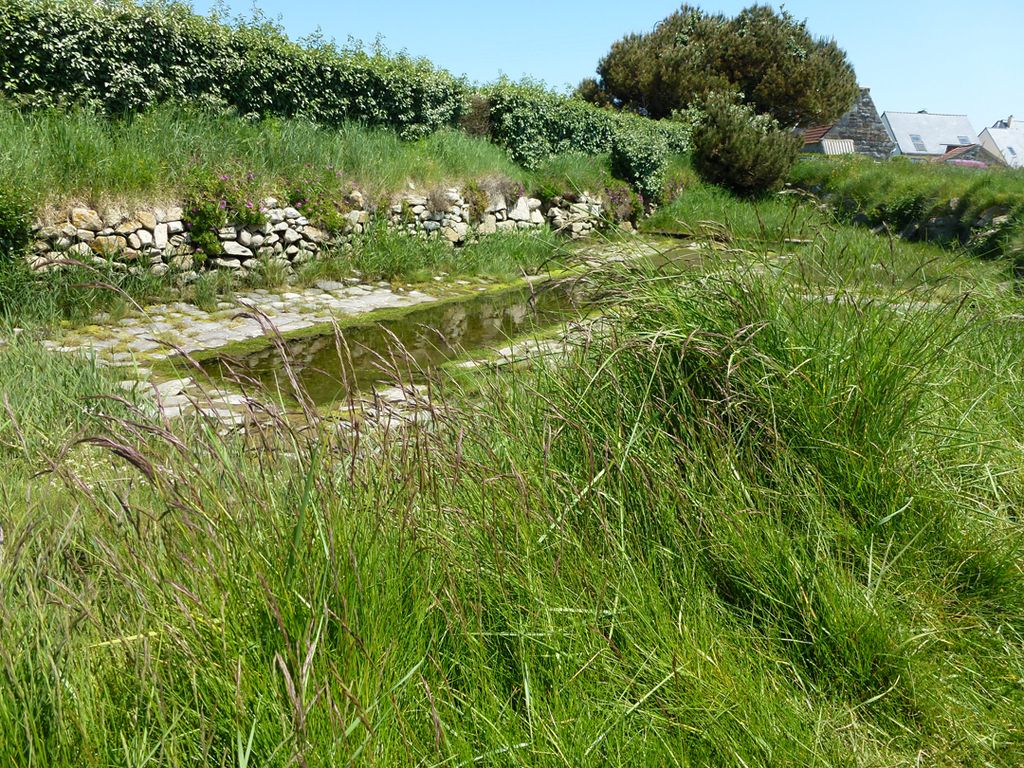
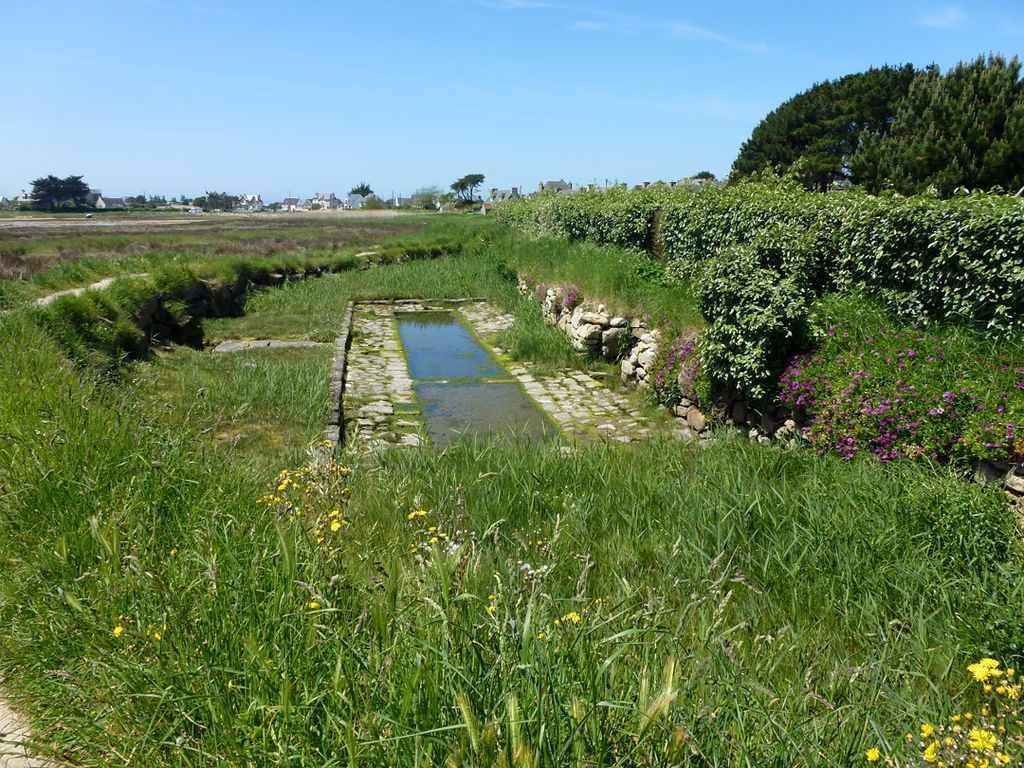
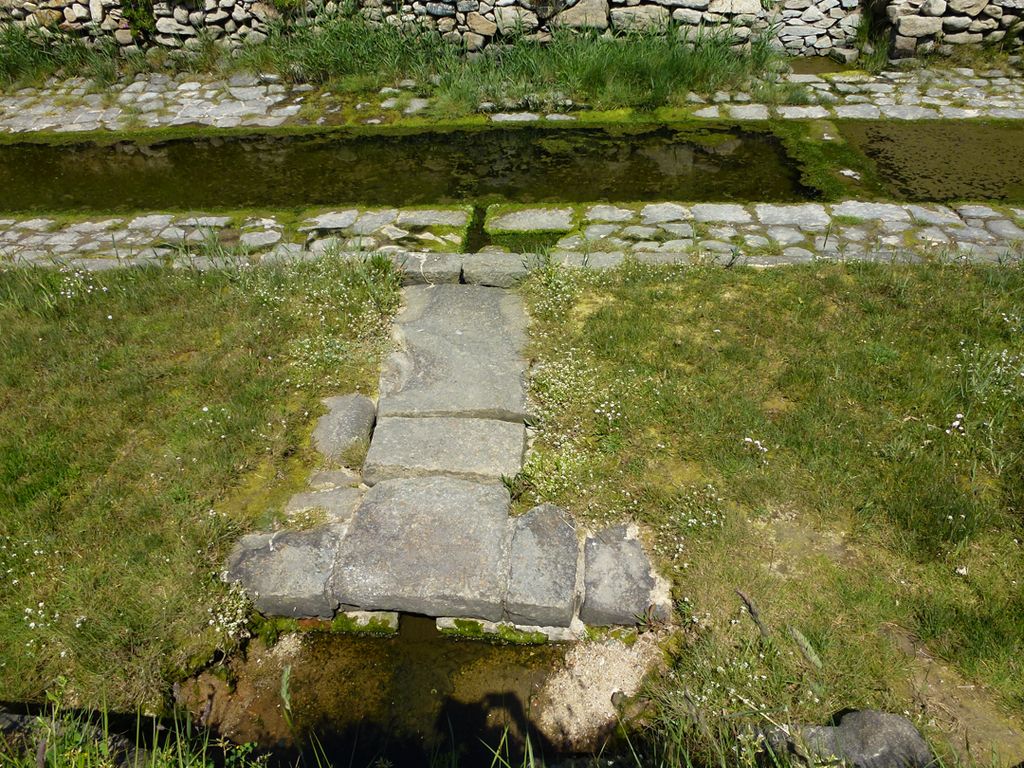
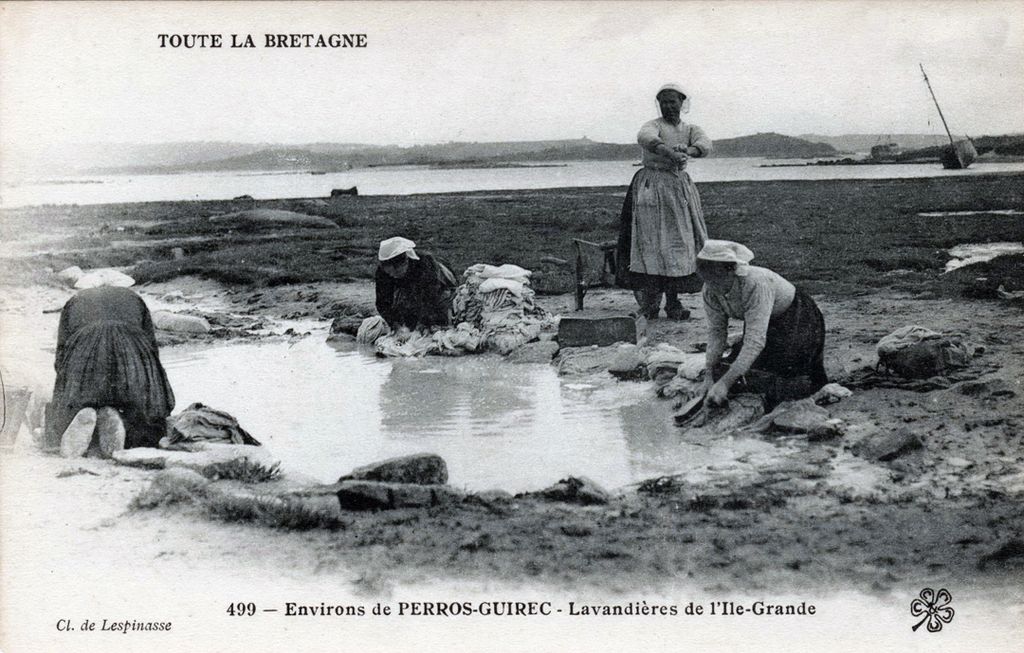
About
This large, traditional "lavoir" – an open-air pool or basin set aside for clothes to be washed – is located on Île Grande and dates from the nineteenth century. Two sources supply it and can be seen at the foot of the retaining wall. At spring tide, it was filled with seawater, but, very quickly, the salt water was replaced with freshwater and washing could resume. Opposite the wash-pool is the Toëno peninsula, whose contours have changed significantly as a result of quarry mining. You can see the traces of this activity at the old quarry sites.


Trestrignel beach & Pointe du Château headland
Perros-Guirec
This rocky outcrop, which marks the entrance to the natural harbour of Perros-Guirec, long played the role of strategic defensive outpost against enemy attacks. Since then, the area has changed...  See
See


Turquet de Beauregard viewpoint
Perros-Guirec
If you visit this spot at low tide, you will be able to see two types of rocks juxtaposed. The gneiss of Trébeurden is the older rock as it goes back more than two billion years. It is recognisable...  See
See


Ploumanac'h Harbour
Perros-Guirec
Naturally formed by the confluence of two streams 4,500 years ago, Ploumanac'h harbour is an exceptional location. Used from ancient times as a trading port, it was then home to a village of...  See
See
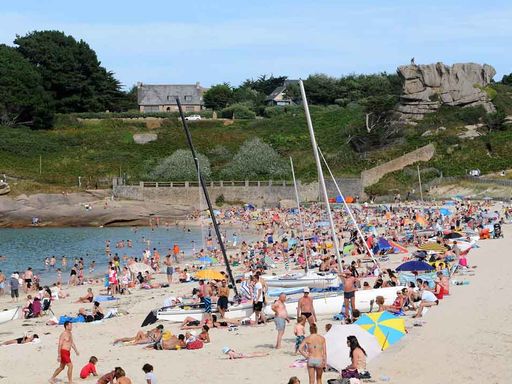

Grève Blanche beach
Trégastel
The tombolo of sand which links the coast to Île aux Lapins marks the boundary between the coarse, pink sand of Grève Rose beach to the west and the fine, white sand of Grève Blanche beach to the...  See
See



